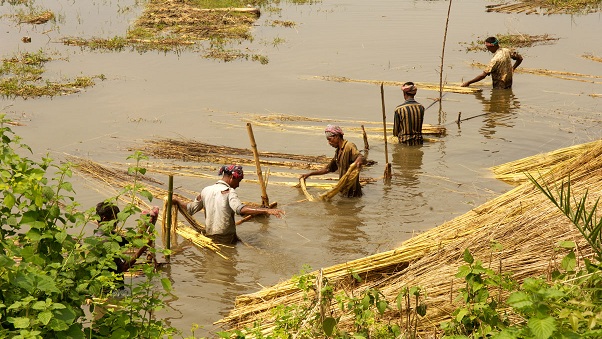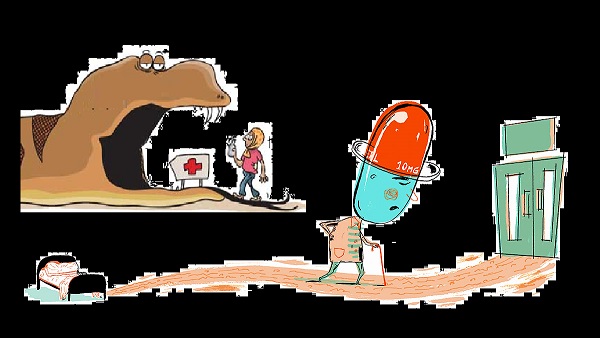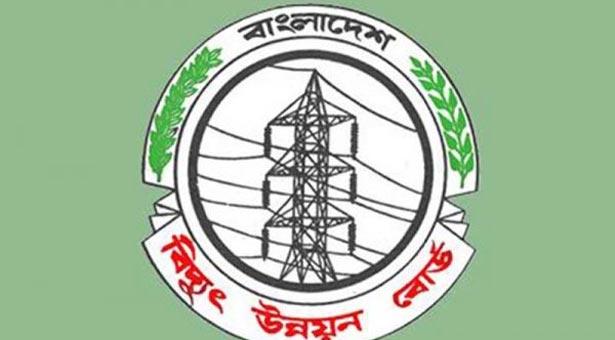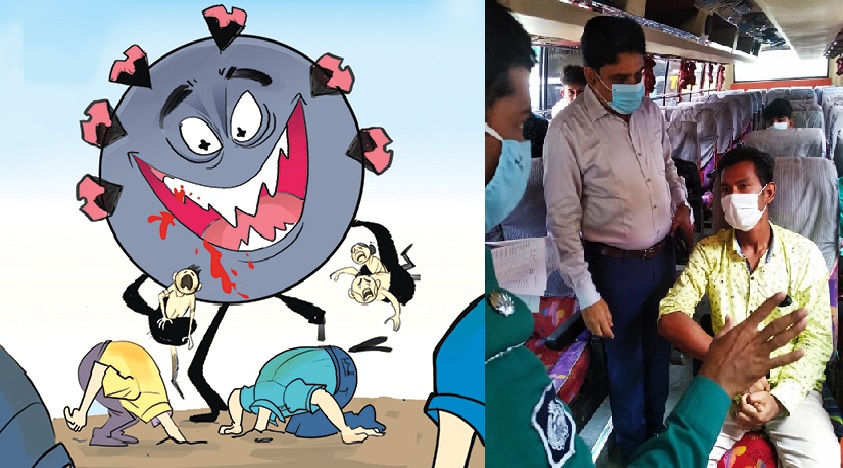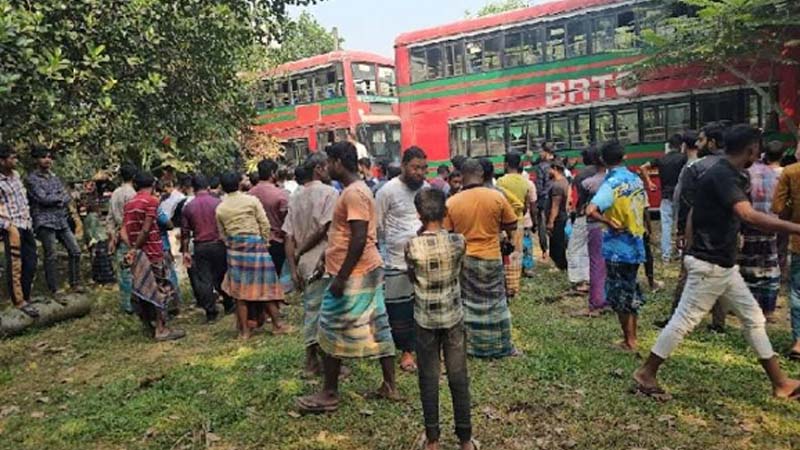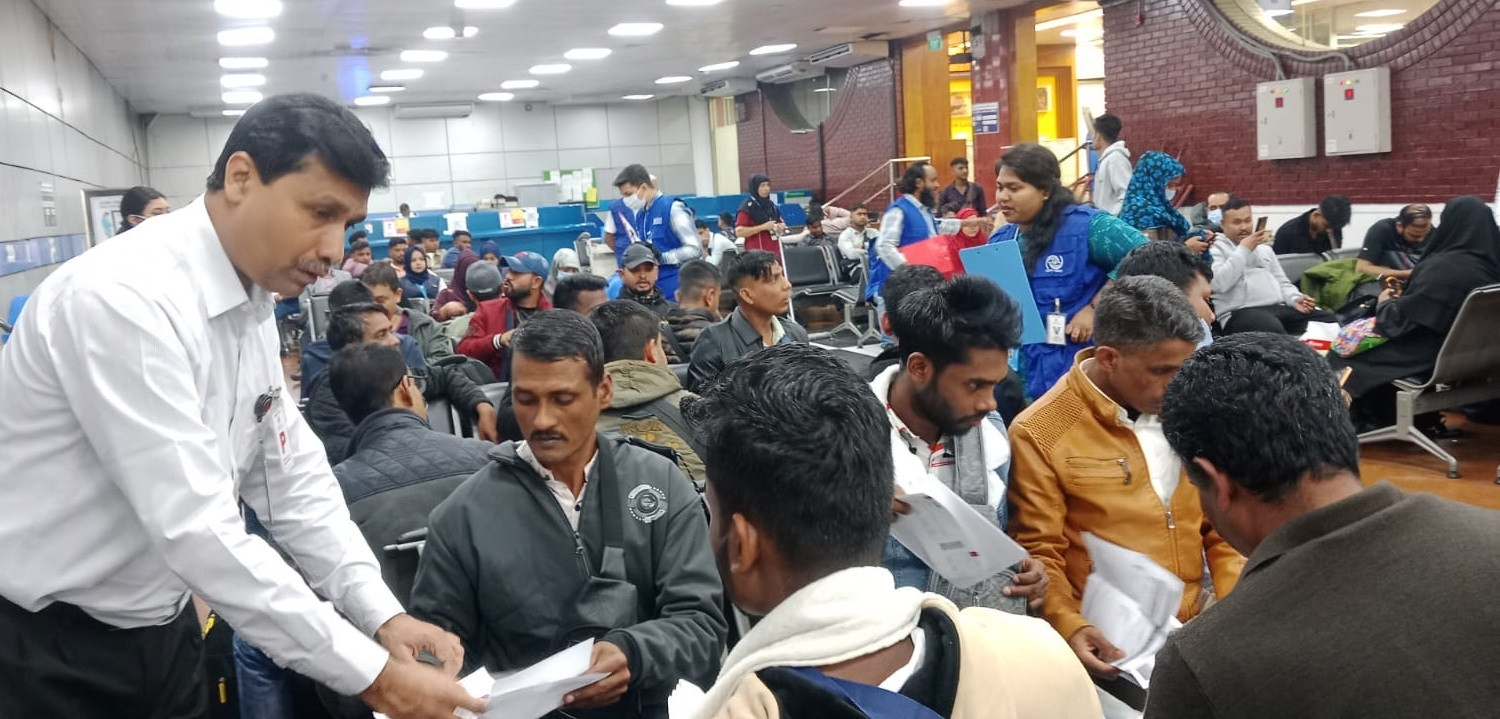Four projects aimed at earning self-sufficiency in jute seed production in the past 26 years have fallen flat raising the country’s dependence on India for the seeds to its peak, officials said.
Of the projects, the six-year-long HYV Jute and Jute Seed Production and Improved Jute Retting Project Phase-II from 2011 to 2016 drew controversy as 50 officers went abroad for training under the project though there was no such provision.
The tours included a visit to the Department of Plant Biotechnology at Universidade do Estado do Rio De Janeiro in Brazil and another to North India Textile Research Association at Gaziabad, Uttar Pradesh, India.
Among the 50 officers that went on the study tours, only six were associated with the project that yielded 5,032 tonnes of jute seed against the target of 8,238 tonnes — at a cost of Tk 186.86 crore with the production cost per kilogram being Tk 369.
Governance campaigners and experts observed that the obsession of going on foreign trips by public officials under the development projects became almost unstoppable despite repeated directives from PM Sheikh Hasina in recent years to curb such trip.
Foreign tours got higher priority in the projects than any other issue, said M Hafiz Uddin Khan, a former caretaker government adviser and the former chairman of the trustee board of the Transparency International Bangladesh.
Despite the incorporation of foreign experience into the projects, the aim of motivating jute growers could not be achieved, according to an observation by the Implementation Monitoring and Evaluation Division.
Keeping marginal farmers having less than one acre of land out of the projects was identified as a flaw in the projects by the IMED apart from lack of following up of the farmers under the project due to lack of databases.
The government efforts to achieve self-sufficiency in jute seeds and cultivation of high quality jute began with the Integrated Jute Production and Marketing Pilot Project that was taken up in January, 1994 and ended in February, 1997.
It was aimed at growing increased tossa jute and jute seeds in place of traditional local variety.
The project was followed by a six-year-long project under the title of Production and Exchange Programme of HYV Jute Seeds at Farmers Level between July 1996 and June 2002 and the Integrated Jute Production and Marketing Project between March 1997 and June 2002.
The Jute Department, which executed the HYV jute and jute seed production project, is currently implementing another similar project — titled ‘Advanced Technology-based Jute and Jute Seed Production and Extension Project’ from 2018 to 2023, — against the backdrop that the country requires over 6,000 tonnes of jute seeds.
The official imports of seeds from India stood at around 5,000 tonnes and another 1,000 tonnes were smuggled in from that country in recent years, according to agricultural ministry officials.
Preparing a database of jute and jute seed growers is one of the priorities under the project being implemented at a cost of Tk 376.46 crore.
But no such database was prepared under the project in last two years, said director general Sowdagar Mustafizur Rahman of the Department of Jute.
The reluctance of famers to grow jute seeds cannot be removed with the current approach, he viewed.
It has been calculated that the country was paying over Tk 1,500 crore annually for importing jute seeds from India.
But too much of dependence on India for jute seeds often creates problems, said Bangladesh Seed Association secretary Akhtarul Islam.
He noted that the delay in the import of seeds via the Beanpole route during the coronavirus shutdown in India caused an increase in the price of jute seeds in the local market by over Tk 350 per kg.
According to a report released by the Business Line newspaper in India on March 24, 2016, the ministry of textiles of India had asked the central government to impose a ban on the export of seeds in the wake of a production shortfall there.
Though the ban was not finally effected such news adversely affected the local jute seed market, said Akhtarul Islam.
The growing dependence on India for jute seeds is suicidal, said Centre for Policy Dialogue research director Khondaker Golam Moazzem.
He viewed that measures were required, from jute seed cultivation to product diversification, to enhance the quality and value of the ‘golden fibre’ on the international market.
While Bangladesh, the erstwhile East Pakistan, cultivated jute on some 20 lakh acres of land and stood at the top in the world until 1970, around 1.5 crore farmers of this country are still directly or indirectly dependent on the jute production.
But the jute cultivation area in the country has now come down to 10–12 lakh acres for various reasons.
Bangladesh Jute Growers Association president Fazlul Hoque Sarker blamed gov


